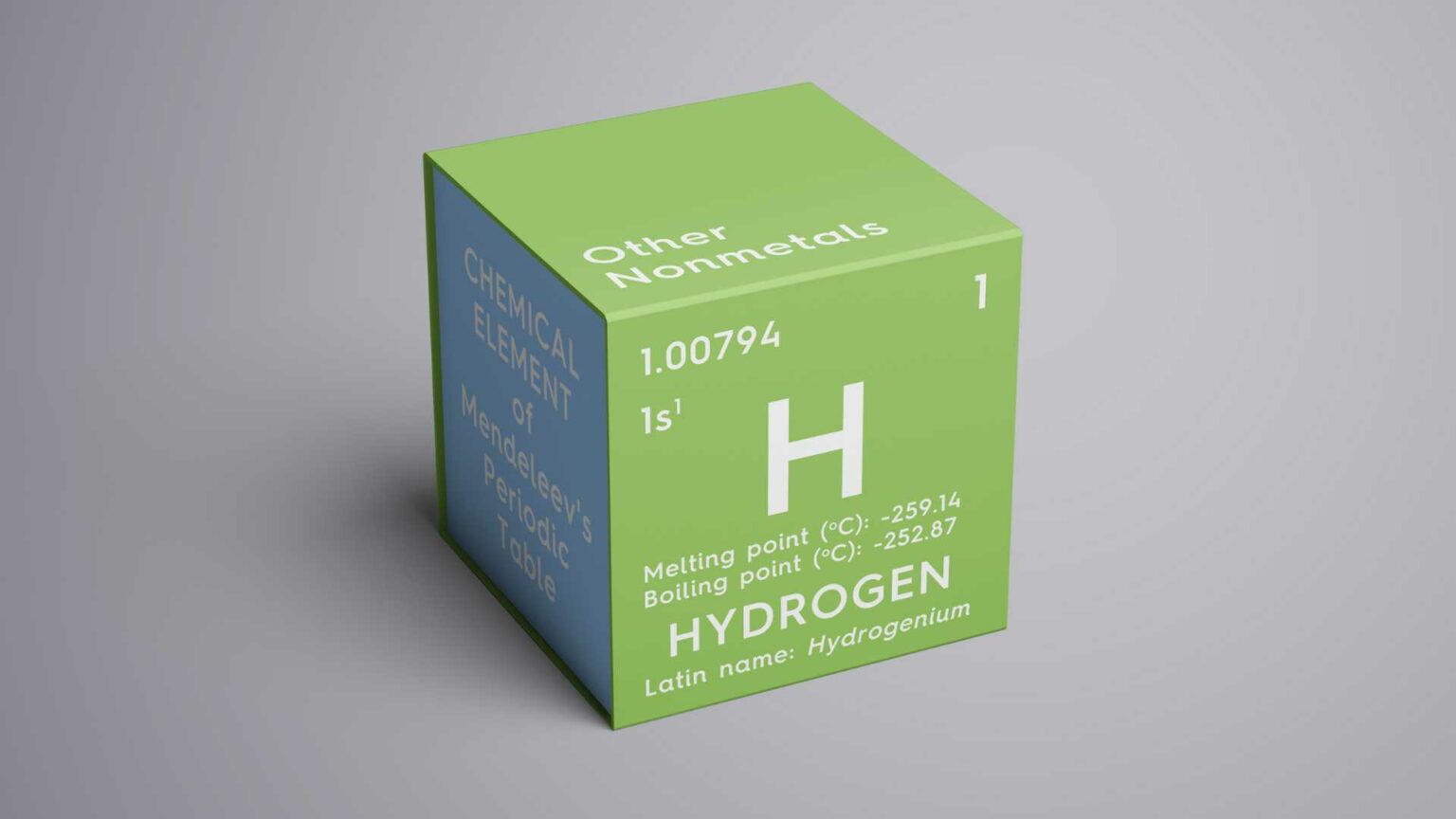In a surprising turn of events, two significant green hydrogen projects in Australia and New Zealand have been temporarily shelved due to poor economic feasibility and problematic power supplies.
This rapidly emerging sector now faces unforeseen hurdles, as exemplified by the halting of the proposed H2TAS project in Tasmania, Australia, led by Woodside Energy.
Woodside Energy’s H2TAS project was envisioned to convert renewable electricity from Tasmania into green hydrogen. Similarly, a parallel initiative in New Zealand by Meridian Energy faced analogous issues, underscoring a broader trend in the Australasian region.
The primary challenge has been economics. Green hydrogen’s production cost remains high due to expensive technology and infrastructure requirements. Achieving cost parity with traditional fossil fuels has proven difficult without significant subsidies or breakthroughs in efficiency.
Another major concern has been the power supply. Renewable energy sources, though abundantly available, suffer from intermittency, affecting consistent hydrogen production. Inadequate grid infrastructure further exacerbates this issue, preventing reliable energy provision necessary for these projects.
The shelving of these projects casts a shadow of doubt over the near-term viability of green hydrogen in these regions. Industry leaders and stakeholders must now reassess the timelines and strategies for deploying green hydrogen effectively. The setbacks highlight the need for improved economic models and technological advancements to achieve a stable and scalable green hydrogen economy.





